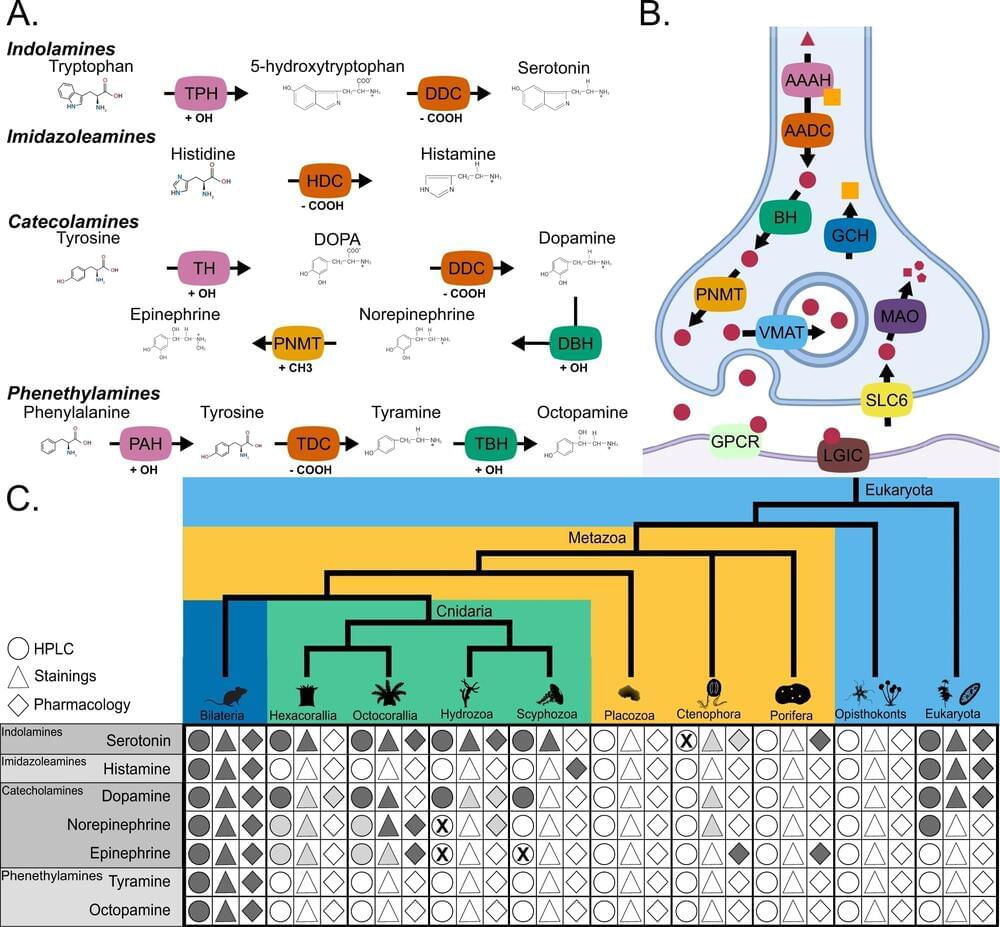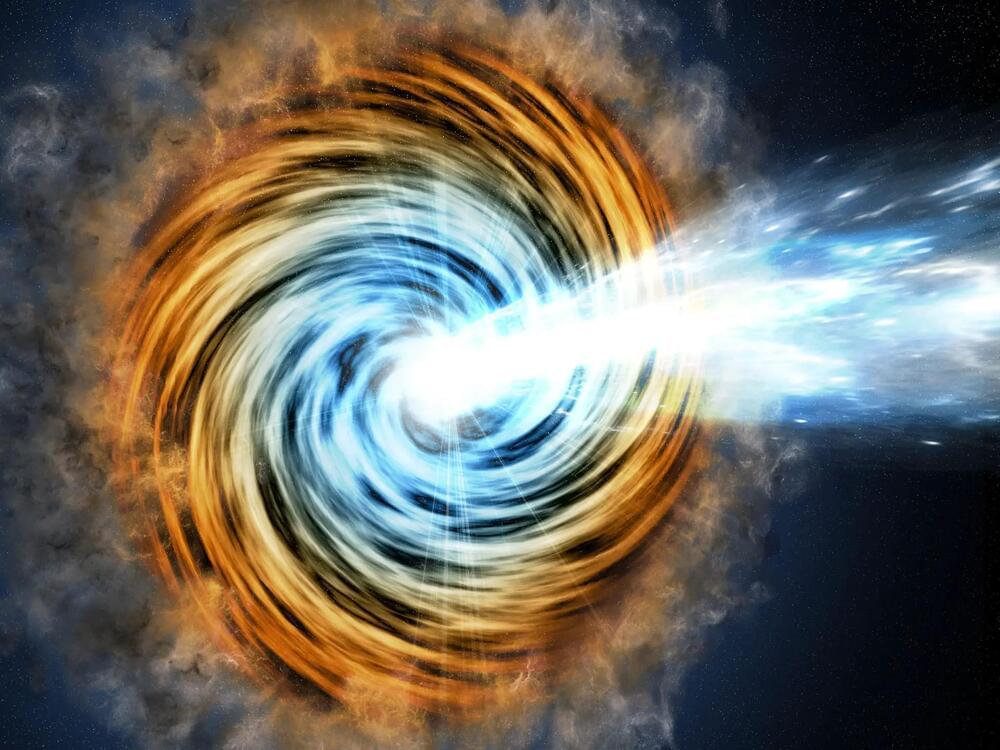According to intelligence analysts, China’s People’s Liberation Army is reportedly developing high-technology neurostrike weapons that are designed to disrupt brain functions and influence government leaders or entire population. The weapons can be used to directly attack or control brains using microwave or other directed energy weapons in handheld guns or larger weapons firing electromagnetic beams. Analysts, in their report, say that the danger of China’s brain warfare weapons prior to or during a conflict is no longer theoretical. They are also of the opinion that China‘s leadership views neurostrike and psychological warfare as a core component of its asymmetric warfare strategy against the United States and its allies in the Indo-Pacific. Neurostrike is a military term defined as the engineered targeting of the brains of military personnel or civilians using non-kinetic technology. The goal is to impair thinking, reduce situational awareness, inflict long-term neurological damage and cloud normal cognitive functions.
#Neurostrikeweapons #Chinaneurostrike #Chinaneweapon.
~PR.153~ED.102~HT.96~
Oneindia News is a youth-driven channel that brings you stories that need your attention, are popular, informative, and entertaining. Follow and like us for thought-provoking & exclusive content…
Youtube:
Like us on Facebook: https://www.facebook.com/oneindianews.
Follow us on Instagram: https://www.instagram.com/oneindia_news.







